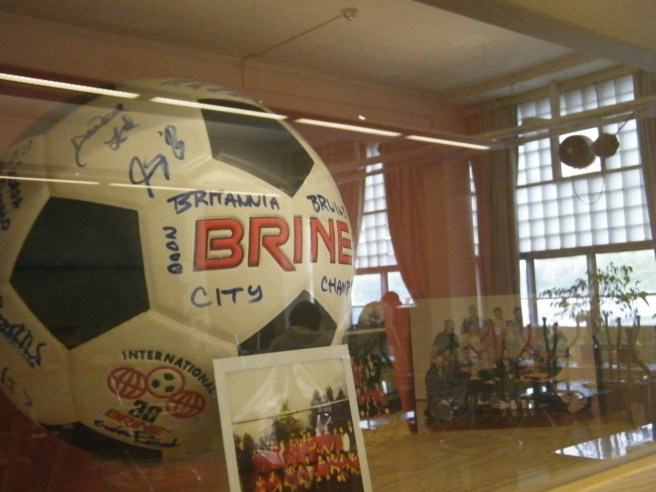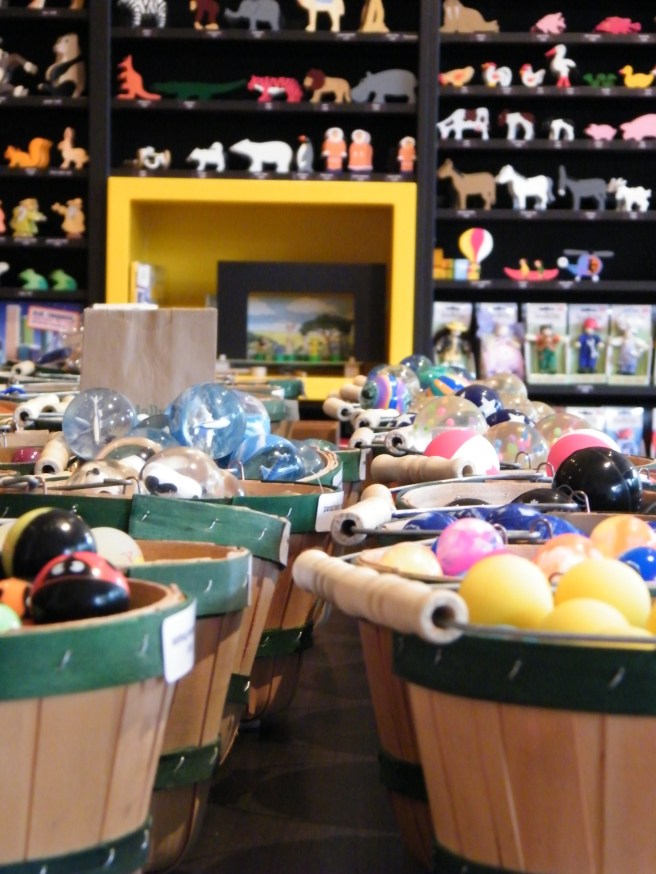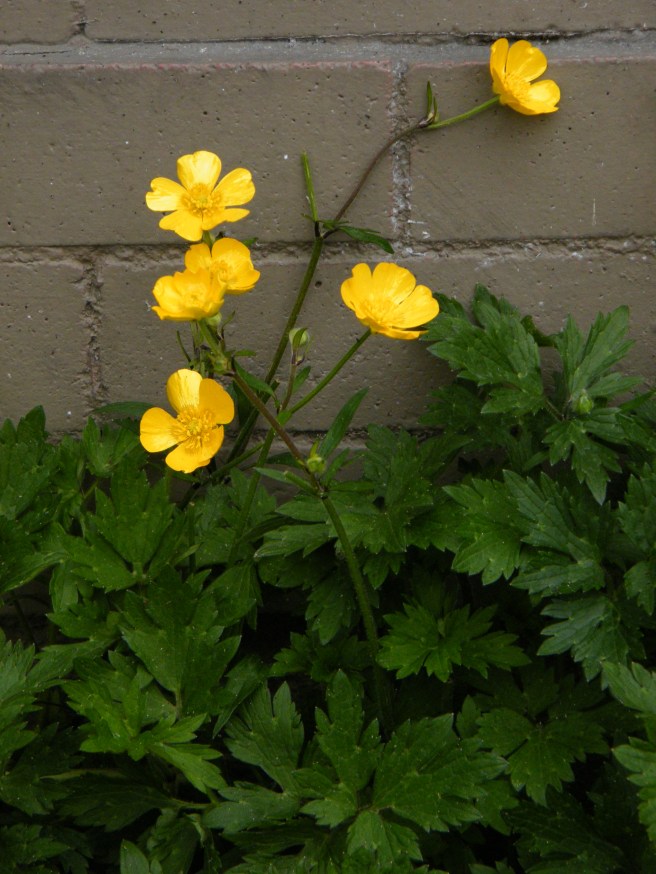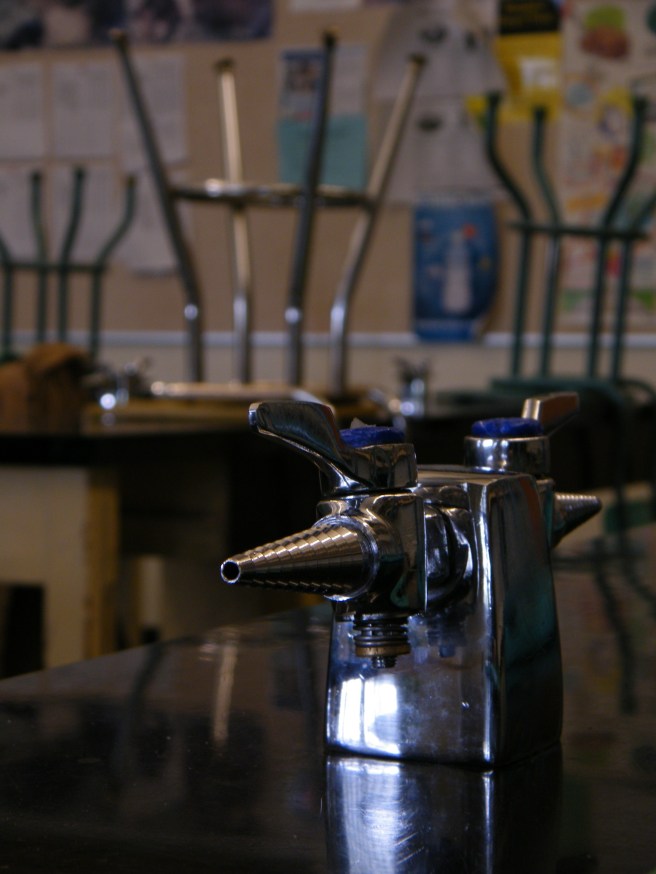As I told you last week, this weekend I attended a day-long photography workshop. My partner gave it to me as a birthday present, which was both sweet and perfect. The instructor was a hobbyist photographer called Alastair Macleod, who started exploring photography as a way to improve his skills for his film industry work. He is an enthusiastic instructor, who is knowledgeable about the technical requirements for good photography, but really shone when reviewing our images.
At the break, he sent us out into the neighbourhood to take photos and we spent the bulk of the class looking at each other’s results and in demonstrations of particular techniques. I made the bulk of my photos that day with my digital camera on manual, playing with the different settings. This is something I always felt comfortable doing with my film SLRs, but for some reason, have avoided with my digital camera.
The best place to take photos turned out to be the classroom itself. It obviously hadn’t been remodelled in decades and its desks, shelves and blackboards seemed to be at least 30 years old. The smell of chalk dust and ink overlaid everything with a feeling of nostalgia, too.
I’ve got a long way to go before I’m happy with my photographic results, but it’s good to be reminded how rewarding experimentation can be and how working with others can help you improve.





So great you could attend this class. For me, too, photography is an ongoing learning process: the essential ingredients are experimentation and frequent mindful practice — not simply rushing to take as many photos as possible — accompanied by an understanding of the basic concepts (aperture, depth of field, etc.) and knowledge of the camera’s functions. After taking the photos, learning to see our own work with a critical eye is a an important skill to develop, though not an easy thing to acquire. And I think this has to be tempered with a certain amount of forgiveness: it’s just fine to enjoy our photos, whether they’re technically or artistically “good” or not!
It’s great you got to attend a photography workshop. I need one myself! I like all the photos in this post but my favourite is the second one. 🙂
Beautiful pictures, Teresa! I would love to get some lessons on how to demystify my DSLR. I have it stuck in the food setting.